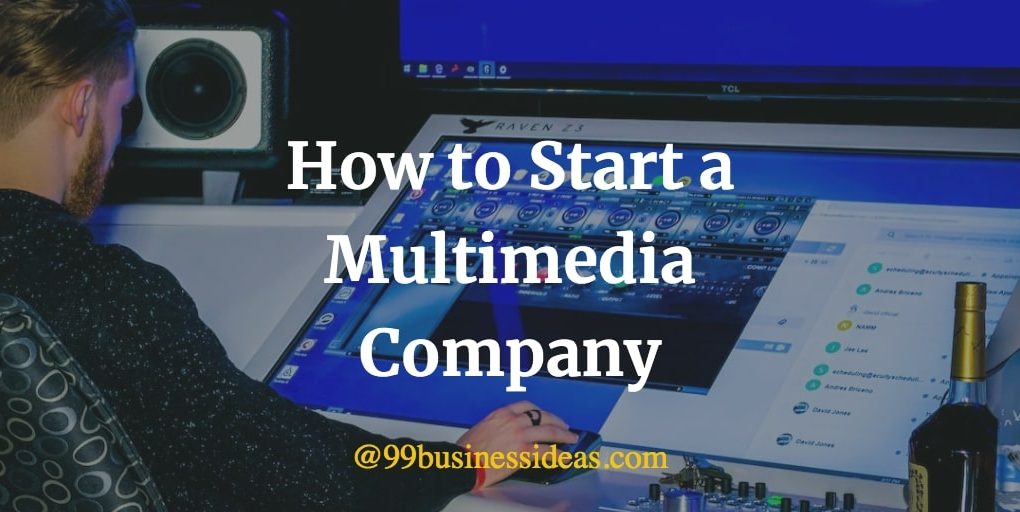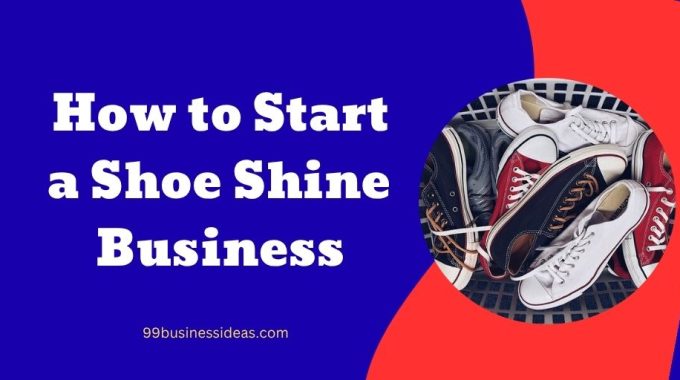In today’s digital-first world, content isn’t just king, it’s the whole royal court. From punchy marketing videos and binge-worthy podcasts to eye-popping animations and immersive AR stories, multimedia is where the magic (and money) happens. If you’re the kind of person who geeks out over gear or gets giddy about editing timelines, this might just be your thing.
Let’s unpack everything you need to know to start a multimedia business, from getting set up to snagging your first clients. Buckle up!
What Exactly Is a Multimedia Business?
So, what are we talking about here? A multimedia business is all about crafting content using different formats—video, audio, graphics, animation, even interactive stuff. Your audience? Could be startups, nonprofits, real estate firms, schools, or your local bakery.
And guess what? It’s not just cameras and tripods anymore. AI-generated visuals, VR storytelling, interactive videos—yeah, the future is already here. Wild, right?
Types of Multimedia Businesses You Can Start
There’s more than one path to creative glory. Check these out:
- Video Production Studio – Perfect for brand promos, wedding films, or training videos.
- Podcast Editing Service – Help creators ditch the “uhms” and level up their audio.
- Social Media Content Agency – Think Reels, TikToks, and swipe-stopping short-form magic.
- Animation & Motion Graphics Studio – For startups that need snazzy explainers or cool intros.
- AR/VR Content Studio – Great for real estate, gaming, or virtual product demos.
- E-Learning Video Creators – Serve coaches, educators, and online course junkies.
Honestly, you don’t need to do it all. Find your lane and own it.
Researching Your Market: Why It Matters
Hold up. Before diving in, you’ve gotta make sure people want what you’re offering. (Shocking, I know.)
Hop onto Statista, IBISWorld, or even Reddit and start digging. Better yet, grab coffee with a few local business owners and ask them what kind of content they struggle to create.
Hot tip: Platforms like Upwork and Fiverr can give you the lowdown on what clients are hunting for.
Core Skills and Team Setup
Let’s be real—it takes a mashup of skills to pull this off. Some you might have already, others you’ll need to learn or outsource:
- Creative: Editing, sound design, storytelling chops
- Technical: Camera know-how, lighting, and software smarts
- Business: Client wrangling, invoices, project management
Flying solo? Cool. Just start small and partner with freelancers when needed. Tools like Notion, Trello, and Frame.io will save your sanity.
Step-by-Step Guide to Launching Your Multimedia Business
Launching a multimedia business might seem overwhelming at first, but when you break it down into manageable steps, it becomes a whole lot easier. Here’s a more detailed roadmap to help you go from idea to income:
1. Choose Your Niche
Instead of trying to serve everyone with everything, zoom in on a specific type of content or client. Want to work with tech startups? Specialize in animated explainers. Love weddings? Build cinematic love stories. Narrowing your niche helps you stand out, communicate clearly, and attract the right clients faster.
Start by listing your skills, interests, and experiences. Combine those with market demand research. Try to find that sweet spot between what you love doing and what people will actually pay for.
Read: Best Tech Business Ideas
2. Register Your Multimedia Company Legally
Once you’re sure about your direction, it’s time to make things official. Choose your business structure—most solo creatives go with an LLC for flexibility and liability protection. Register with your state, apply for an EIN through the IRS, and open a dedicated business bank account.
Don’t forget to grab your domain name and social handles before someone else snatches them up!
3. Create a Multimedia Business Plan
You don’t need an MBA-style doc, but a clear business plan helps. Include:
- Your core services and packages
- Target clients (who they are, where they hang out)
- Revenue goals and pricing tiers
- Monthly expenses (gear, software, marketing, etc.)
- Marketing plan (organic, paid, word-of-mouth, etc.)
Set SMART goals—Specific, Measurable, Achievable, Relevant, and Time-bound—to track your growth.
4. Set Up Your Multimedia Studio (or Go Remote)
Your workspace doesn’t need to be a Hollywood soundstage. If you’re just starting out, a spare room or corner of your apartment can work wonders. Prioritize the essentials:
- A good-quality camera (DSLR or mirrorless)
- Lavalier or shotgun microphone
- LED lighting or softboxes
- Editing software (DaVinci Resolve, Final Cut Pro, or Adobe Premiere Pro)
If you’re doing animation or podcasting, your setup will differ—think more about soundproofing and CPU power.
Remote model? Cloud storage (like Google Drive or Dropbox), video conferencing (Zoom), and collaboration tools (Notion, Frame.io) will be your lifeline.
Read: How to Start a Video Editing Agency Business
5. Build a Portfolio
Nobody hires someone without proof of skill. Even if you haven’t had a paying client yet, create 2–3 sample projects that showcase your talent. Offer your services to a nonprofit or small business in exchange for a testimonial and permission to showcase your work.
Host your portfolio on a simple, clean website—something like Squarespace, Webflow, or WordPress will do just fine. Include your bio, services, packages, and a clear call to action.
6. Find Your First Clients
Now comes the hustle. Here’s how to land those first few paying gigs:
- Reach out to businesses in your area—restaurants, coaches, realtors
- Connect with entrepreneurs and creators on LinkedIn or Instagram
- Post in Facebook groups or Reddit communities relevant to your niche
- Sign up on freelance platforms like Fiverr Pro, Upwork, or Contra
Don’t be afraid to pitch. Send a short message with who you are, what you do, how it benefits them, and a link to your work.
7. Price Your Multimedia Business Services Wisely
Don’t fall into the trap of undercharging just to land clients. Instead, base your pricing on your value, time, and industry standards. Offer a few packaged options like:
- Starter: Short video (30–60 sec), basic editing, royalty-free music
- Pro: Includes scripting, shooting, and motion graphics
- Premium: Custom content plan, multiple deliverables, monthly support
Eventually, retainers and monthly packages can give you more predictable income.
Legal Considerations & Protecting Your Content
Contracts are crucial. Think of them as your creative seatbelt. For every project you take on, whether it’s a one-minute Instagram reel or a month-long documentary shoot, get a contract signed. Seriously. No matter how small the job feels or how friendly the client seems, always outline:
- Project scope and deliverables
- Timelines and deadlines
- Payment terms and deposit requirements
- Revisions allowed (and what counts as ‘extra’)
- Copyright and ownership rights
Speaking of rights, make sure you clearly state who owns what. Are you granting the client full commercial rights to the final product? Do you retain the right to showcase the work in your portfolio or on social media? Spell. It. Out.
Also, consider adding clauses for:
- Kill fees (if the client backs out mid-project)
- Usage limitations (especially for stock assets or music)
- Client responsibilities (like delivering assets on time)
- Digital tools like Bonsai, HoneyBook, and HelloSign make creating and sending contracts easy-peasy—even if you’re not a lawyer.
Finally, always ask permission before featuring a client’s work publicly, even if you created it. It shows respect, builds trust, and protects you legally.
Bottom line: legal protection is boring—until it isn’t. So take it seriously now and thank yourself later.
Marketing & Growth Strategy
Want clients? You need eyeballs. And not just any eyeballs—engaged, targeted, ready-to-buy ones. The right marketing strategy can take you from chasing one-off gigs to being booked months in advance. Here’s how to build awareness, attract leads, and convert them into long-term clients:
- Create content that shows off your expertise
- Build your brand presence
- Leverage local SEO (Claim your Google Business Profile)
- Pitch to agencies and businesses
- Build an Email List
- Use freelance platforms like Fiverr for lead generation
- Ask for referrals and testimonials
- Network in real life
- Run targeted ads on Facebook, Instagram, and YouTube.
Tools of the Trade
| Purpose | Tools to Consider |
| Video Editing | Premiere Pro, Final Cut, CapCut |
| Audio Editing | Descript, Audacity, Adobe Audition |
| Animation | After Effects, Blender, Vyond |
| Project Management | Notion, Trello, ClickUp |
| Client Handling | Dubsado, Bonsai, Calendly |
Play around with free trials until you find what works for your style.
Startup Cost to Start a Multimedia Business
| Item | Cost Range |
| Camera + Mic + Lights | $2,000–$5,000 |
| Software Subscriptions | $100–$300/month |
| Branding + Website | $500–$1,000 |
| Marketing | $300–$1,000/month |
| Total | $3,000–$7,500 (lean setup) |
Not dirt cheap, but definitely doable.
Income Potential: How Much Can You Make?
Money talks. Here’s what folks are pulling in:
- Freelancers: $50K–$120K/year
- Small studios: $150K–$500K+
- Niche experts (AR/VR, etc.): Sky’s the limit
Monthly retainers are your secret weapon for stable income.
Real Stories from the Field
- Brooklyn Content Studio: Started shooting weddings. Now builds branded video content for NYC startups.
- Indie Pod Editors: One dad edited shows during nap time—turned it into a six-figure gig.
- Startup Explainers: Focused on SaaS animation and picked up five steady clients in year one.
See? It’s totally possible.
Mistakes to Avoid
Pricing too low (you’ll burn out fast)
- Not showing your work
- Skipping contracts (seriously, don’t)
- Ignoring SEO or your online presence
Treat your biz like a brand from day one.
What’s Next for Multimedia?
Future’s looking spicy:
- AI editing tools like Runway and Pika Labs
- Interactive, clickable videos
- Localized, multilingual storytelling
- Snackable mobile-first content
- Stay curious and keep experimenting.
Final Thoughts
You don’t need a film degree or a studio full of gear. You need vision, hustle, and a willingness to start messy. From solo hustler to studio owner—however you imagine it, the path starts the same: with one client, one video, one step.

Rupak Chakrabarty is a small business coach and founder of 99BusinessIdeas.com, where he and his team share practical guides and startup resources for entrepreneurs worldwide. With over a decade of experience in business consulting, Rupak has advised startups and small businesses across industries, including retail, food services, making money online, and e-commerce. His mission is to simplify entrepreneurship by providing actionable insights that help everyday people turn ideas into profitable ventures.
Contact: rupak@99businessideas.com


